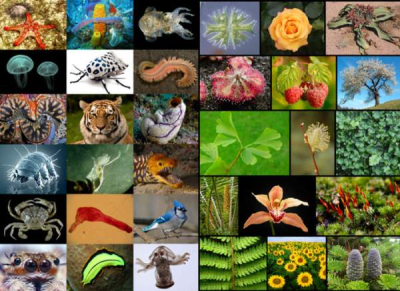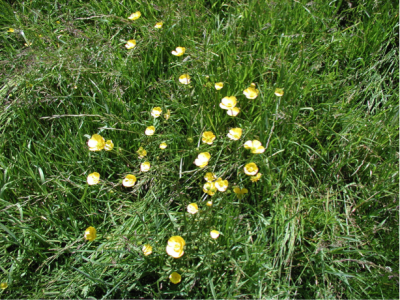How do plants transport their seeds for propagation? Do you know that they employ different ways to spread their seeds widely? Let’s look at some of them today
Plants have various ways to ensure that their seeds are spread widely and have a chance to grow. Some employ animals and birds, others wind and water, while still others use their own power to transport their seeds.
Dodo tree
The tambalacoque tree grows only in Mauritius and is valued for its timber. In the 17th century, all of a sudden, the tambalacoque lost the ability to grow from seeds. Existing trees continued to live, but not one of the seeds they produced would germinate. By the 1970s, there were only 13 sickly trees left.
An American ecologist. Stanley Temple, observed in 1977 that the tree had stopped growing from seed at about the same time that the DID YOU KNOW? The seeds of a type of tomato plant that grows in the Galapagos Island germinate only when they are eaten by a tortoise and pass through its digestive system! flightless bird of Mauritius, the dodo, became extinct. Temple concluded that the seeds, which had a thick hard covering, would germinate only if they were eaten by the dodo and passed through its digestive system! Without the grinding in the dodo’s gizzard, the seed could not break through the tough exterior and sprout.
He force-fed the seeds to wild turkeys and some of them germinated- the first tambalacoque saplings seen in 300 years!
Launch pad
The squirting cucumber of the Mediterranean fills with a slimy juice as it ripens. Soon, the pressure within increases so much that the cucumber is launched off its stalk like a miniature rocket. The seeds stream out from a hole in its base and land as far away as six metres from the parent plant!
The Brazilian hura tree or monkey’s dinner-bell has a more dramatic way of sending off its seeds. It has a detonating seed container. After it dries out fully, it explodes with a deafening bang, hurling its seeds over a distance of 12 metres! The pods of the broom plant become hot and dry and split open down the middle, catapulting is tiny black seeds in all directions.
Wind and water
Some plants fuave seents so tiny, that they are easily carried away by the wind. Kapok trees auf cotton bushes provide their seeds with a convenient tuft of threads that are long and durable. They catch the wind and float many miles before they land in fertile soil and germinate Dandelion seeds have a tiny parachute and are attached to the top of a stem like a fragile globe. The merest breath of wind can cause millions to take off and sail high into the sky.
The coconut palm on the other hand, sends its seed by sen packed in a fibrous waterproof shell containing water and a supply of rich food in the form of the kernel to nourish it on its long journey.
Winging their way
Many tall trees have winged seeds that travel some distance before falling on the ground to germinate, thus avoiding their shade.
The Anisoptera and Alsomitra are two of the tallest trees in Asia. Their seeds come equipped with a pair of wings. Anisoptera seeds are spear-shaped and spin like the rotors of a helicopter when released. Alsomitra seeds are fitted with paper-thin wings. They descend very slowly and travel over nine metres before falling to the ground.
Critters as couriers
Plants use animals as seed carriers. Some have thomy, stick-on seeds which attach to the fur of the animal as it brushes past. The South African grapple plant has seeds with hooks that embed in the soles of a rhino or elephant’s feet and fall off after the animal has walked some distance.
The best advertisement for most plants are their delicious fruits! if the animal swallows the seed with the fruit, the coating ensures the seed passes out undamaged.
It wouldn’t do if the seed is eaten before it matures, so the plant craftily makes the fruit hard and sour. Once the seed is ready, the fruit tums sweet and aromatic inviting animals to have a feast!
Picture Credit: Google





